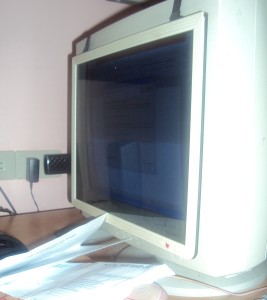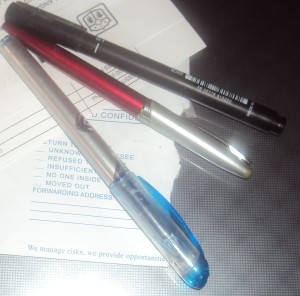General Aspects
1.1 Description of the Project
The warehouse project is described and the findings on the market, technical and financial aspects of the study are summarized.
1.2 Project Timetable
A brief statement on when the warehouse will become operational together with a timetable of pre-operating activities is indicated
1.3 Management of the Warehouse
The organization and staffing of the warehouse company are defined and quantified. Procedures for inventory account-ability, receiving and shipping of goods are established.
Product and Market Aspects
2.1 Product
The products to be warehoused and marketed are identified together with corresponding producers. Brands of producers with warehousing facilities in the area are excluded.
2.2 Trade Area
The producers are interviewed to attain data on the volume of production and distribution of each product to the region.
2.3 Competition
Competitors, data on products warehoused and marketed sales volume, and pricing are identified.
2.4 Projected Sales
The total demand and market share for each product over a ten-year period are projected on the basis of the following:
2.4.1 Population growth
2.4.2 Consumption per capita as affected by income growth
2.4.3 Competition
2.5 Marketing and Selling Prices
The marketing arrangement and selling price for each product are defined over a ten-year period.
2.5.1 Immediate purchase of goods upon delivery from producers
2.5.2 Immediate sale of goods on commission basis
2.5.3 Storage and sale of goods upon orders from producers, fixed charges for storage and commission on sales.
2.5.4 Combination of the preceding marketing methods
Technical Aspects
3.1 Location Factors
After the geographic location of the warehouse has been selected, the specific site must be determined. Some of the factors that may influence the choice are as follows:
3.1.1 Topography
The site must be free from floods.
3.1.2 Accessibility
The site must be as near as possible to transportation lines.
3.1.3 Cost of Land
3.1.4 Land Use
The site should be compatible with warehousing regulations. Proximity to residential areas should be avoided.
3.1.5 Security
The site should not be in areas known for the incidence of theft and vandalism
3.1.6 Building Code
The requirements of the building code must be considered, particularly with regard to the restriction on the height of the building.
3.1.7 Advertising
The exposure of the building to heavily traveled high ways adds on advertising value to the state or site.
3.2 Size and Layout of the Building
The specific considerations on the size and layout of the warehouse are as follows:
3.2.1 The size of the building is related to the projected sales over a ten-year period in general and to the occupancy rate in particular.
3.2.2 The width-length on figuration of the building affects the construction cost per square meter of floor area as well as the handling and storage operations In principle, for optimum combination of construction cost and operating efficiency, a warehouse should be nearly a square
3.2.3 Height will be limited by local building restrictions and the need for safe and practical handling equipment. Height is also a convenient and relatively economical means of providing storage capacity.
3.2.4 Location of rail and dock should consider factors such as protection from the weather, security aspects, proximity to storage areas and loss of storage space. Docks may be located outside, inside or partially inside/outside the warehouse.
3.3 Equipment
The types and number of equipment for handling storing and shipping operations are determined.
Financial Aspects
4.1 Project Cost
4.1.1 property, plant and equipment
4.1.2 organizational and operating expenses
4.1.3 working capital
4.2 Sources of Financing
4.2.1 capital stock
4.2.2 long term borrowing
4.2.3 short term borrowing
4.3 Financial Projections and Notes and Assumptions
4.3.1 cost of sales
4.3.2 operating expenses
4.3.3 income
4.3.4 cash flow
4.3.5 balance sheets
4.3.6 capital expenditures (organizational and pre-operating expenses, building, machinery and equipment, office furniture)
4.4 Financial Analysis
4.4.1 discounted cash flow rate of return on total investment
4.4.2 financial ratios (return on sales gross profit rate, return on assets, etc.)
4.2.3 break-even analysis
 ported by the new system or new project.Legal Feasibility Study – Inology needed for the project is available or exists.
ported by the new system or new project.Legal Feasibility Study – Inology needed for the project is available or exists.
